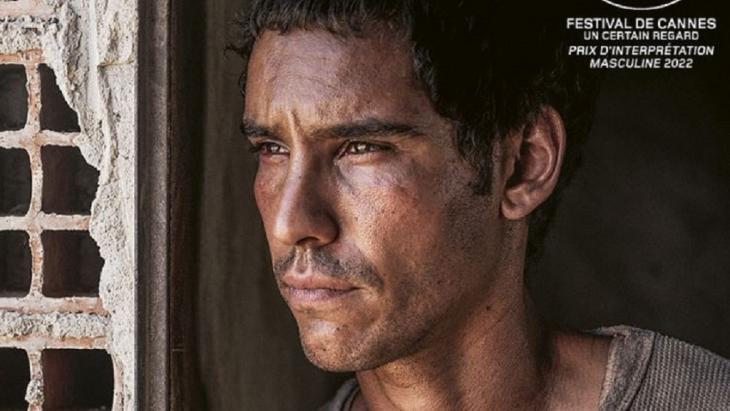Rage, hope and desperation

Any film attempting an artistic examination of Tunisia's most recent past always runs the risk of falling prey to the icons of the revolution and stereotypes, even if the events concerned happened more than a decade ago.
How, for example, to bring to the screen a figure such as Mohamed Bouazizi, whose self-immolation initiated the Arab revolutions? How to represent an entire generation of Bouazizis, who are just as furious as Bouazizi was back then? The only difference is that today, no one bats an eye when someone sets themselves alight. We've grown accustomed to such acts of desperation and numbed by a steady stream of monstrosities.
The Tunisian film "Asyan" (Rebellion) by Jilani Saadi is a blend of fantasy and road movie. A supernatural force transports the film's four protagonists from Tunis to a faraway land. On their way back to the capital, they spot two cities on the horizon that resemble each other.
The storyline continues with a senseless robbery and minor quarrels between the companions. At the same time, a growing rage smoulders in the background, an insurgency that vacillates between rioting and self-mutilation and finally erupts in a comical way. The film is a kind of satire on the brink of desperation that simultaneously reveals a nihilistic desire for destruction.
Subverting the thriller genre
Youssef Chebbi, on the other hand, has gone down the crime thriller route in his film "Ashkal" (2022) with its – perhaps rather exaggerated – echoes of Hollywood. A female police officer investigates a series of corpses found burned on building sites around Tunis. The film abstains from making any kind of political or social references and leads us into a labyrinth of sketchy assumptions and ultimately unfulfilled expectations.
Here too, the genre is deliberately subverted as the mysterious crimes remain unsolved and all outcomes are left open. The plot strands start to unravel and the disconcerting state of waiting triggers a sense of despair in the protagonists. In the final scene, we see them running away under the influence of some mysterious hypnotic power only to plunge into a raging wall of fire.
With his first movie, "Harka" (Deep-seated pain), Tunisian director Lotfy Nathan gets the closest to the historical figure of Bouazizi. The action takes place ten years after the revolution and centres on the main character Ali, who is not Bouazizi. Ali sells contraband fuel on the roadside and lives alone in a derelict house. Here, the familiar story with the tragic outcome is interwoven with a family drama.
Ali dreams of emigrating illegally, but sees those hopes dashed following the sudden death of his father and the departure of his older brother to work in the tourism sector, leaving Ali responsible for his two sisters Sarah and Alisa.
Rage creeping towards us from all sides
Ali's past remains a blank; we learn nothing about the reasons for his distant relationship with his family and his hatred of his father. This ambiguity endures even when he returns to his two sisters but insists on sleeping in the yard instead of the house.
The film deliberately refrains from presenting the protagonists' backgrounds in fully illuminated and polished form. The empty spaces in Ali's story could be filled with fragments from the stories of thousands of other people.
By concentrating on visual language, the film attempts to avoid iconic and historical stereotypes. Although Ali barely utters a word, the close-ups of his facial expression and his eyes produce a sense of heaviness, further accentuated by images of the desert – expansive and at the same time oppressive.
Ali's story is told in flashbacks by his younger sister Sarah, which allows for an innocent, female perspective on an angry, male world.
Ultimately, we are left wondering whether the artistic treatment of the story in film has made Bouazizi's voice heard once again. Or was the idea just to show rage in as many different forms as possible, so that we see it creeping towards us from all sides?
© Qantara.de 2023
Translated from the German by Nina Coon